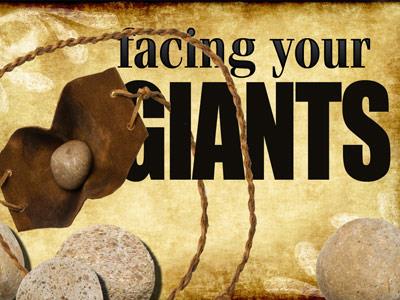-
It's Not What It Seems
Contributed by Ronald Harbaugh on Nov 28, 2017 (message contributor)
Summary: A sermon for the 10th Sunday after Pentecost, proper 11, series A
10TH Sunday after Pentecost [Pr. 11] July 20, 2008 “Series A”
Grace be unto you and peace, from God our Father and from our Lord, Jesus Christ. Amen.
Let us pray: Dear Heavenly Father, you sent your Son, Jesus the Christ into our world, that he might reveal your will for our lives, and redeem us from sin and death. Through the power of your Holy Spirit, open our hearts and minds to receive your Word, that we might discern its truth. And through your same Spirit, inspire us to live our lives according to your word, that we might witness to your grace. In Christ’s name we pray. Amen.
After reading our Gospel lesson for this morning, you might think that there is little to learn about this parable that we have dubbed “The Wheat and the Tares,” or “The Wheat and the Weeds.” After all, according to Matthew’s Gospel, Jesus appears to give us an explanation of exactly what he meant by this story. But as I studied this lesson over the past week, I discovered that the parable’s meaning might not be as clear cut as it may appear.
As my New Testament professor, David M. Granskou states in his book, Preaching on the Parables, “This parable is like the parable of the sower, in that an allegorical explanation is given along with it. As is the case with the parable of the sower, so here. The explanation of the parable of the weeds and the wheat (in verses 36 to 43) misses the point of the parable which is in fact a call for patience: wait for the harvest before separating the good from the bad. Jeremias has shown in a most elaborate way that the language of the explanation is that of Matthew and not Jesus. The language reflects terms that were used in the setting of the early church, not in the life of Jesus. We see again the same old tendency of some in the early community to add interpretations to the parables which are in the style of allegorical elaborations, which miss the real dynamics of the parable itself.” End quote.
Considering Dr. Granskou’s commentary, I would like to explore the meaning of Jesus’ parable, apart from the allegorical interpretation given it by the early church. Perhaps, in so doing, we might come to more fully appreciate this teaching of Jesus, and its message for those of us who comprise the church of today.
Listen again to the parable. “The kingdom of heaven may be compared to someone who sowed good seed in his field; but while everybody was asleep, an enemy came and sowed weeds among the wheat, and then went away. So when the plants came up and bore grain, then the weeds appeared as well.”
According to several commentaries that I read, this indicates that the weed that was sown was a plant called darnel. It was well know as a poisonous plant, but it looked so much like wheat in its early stages of growth, that even Rabbis called it a “perverted wheat.” It could not be distinguished from the wheat until the plants “headed out.” But by that time, the roots of the wheat and darnel were so intertwined that one could not be pulled without also tearing up the other.
This indicates that the weeds were sown deliberately. According to John J. Pilch, in his comments this parable, “An enemy has sowed weeds among the wheat. The fact is mentioned without comment, but the audience who heard the parable would have understood perfectly. In the culture of that day, families became enemies for many reasons. A state of ‘feuding’ often developed and persisted over a long period of time. One would have to suspect, that a feuding enemy was seeking to shame the owner of the field.” End quote.
Returning to the parable, we are told that “the slaves of the householder came and said to him, ‘Master, did you not sow good seed in your field? Where, then, did these weeds come from?’ He answered, ‘An enemy has done this.’ The slaves said to him, ‘Then do you want us to go and gather them?’ But he replied, ‘No; for in gathering the weeds you would uproot the wheat along with the weeds. Let both of them grow together until the harvest; and at harvest time I will tell the reapers, ‘Collect the weeds first and bind them in bundles to be burned, but gather the wheat into my barn.’”
Here again, Dr. Pilch offers an interesting comment. “The landowner is shrewd as well as being a savvy farmer. He knows that the wheat is strong enough to tolerate the weeds’ competition for nutrition and water.
After the harvest, the landowner will not only have grain for his barns, but he will also have extra, unanticipated fuel for his needs. Rather than shaming the landowner, the weed-strategy has backfired and shamed the enemy! The landowner and his servants have the last laugh.” End quote.

 Sermon Central
Sermon Central



